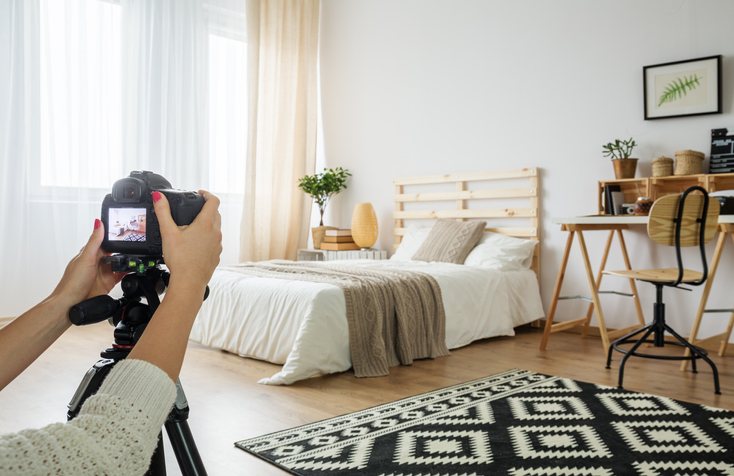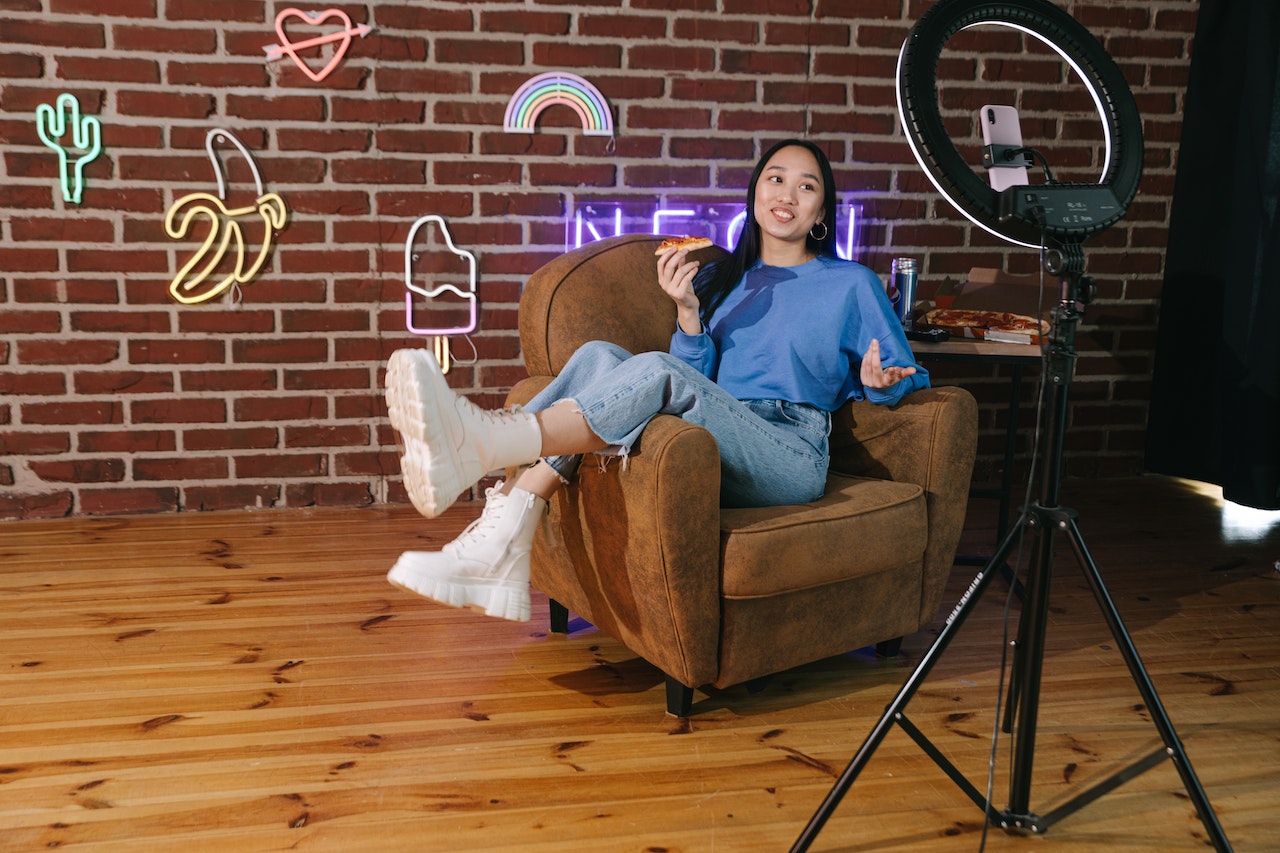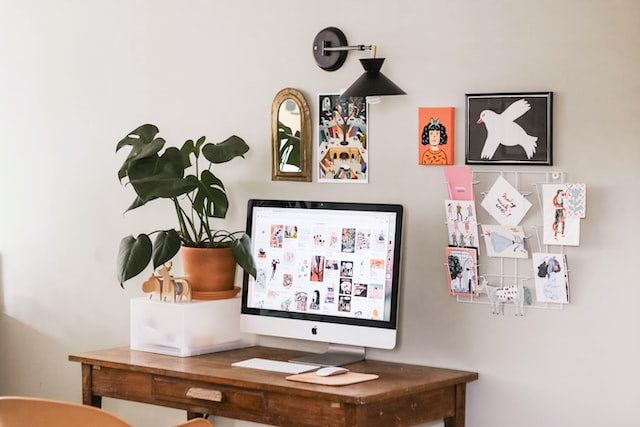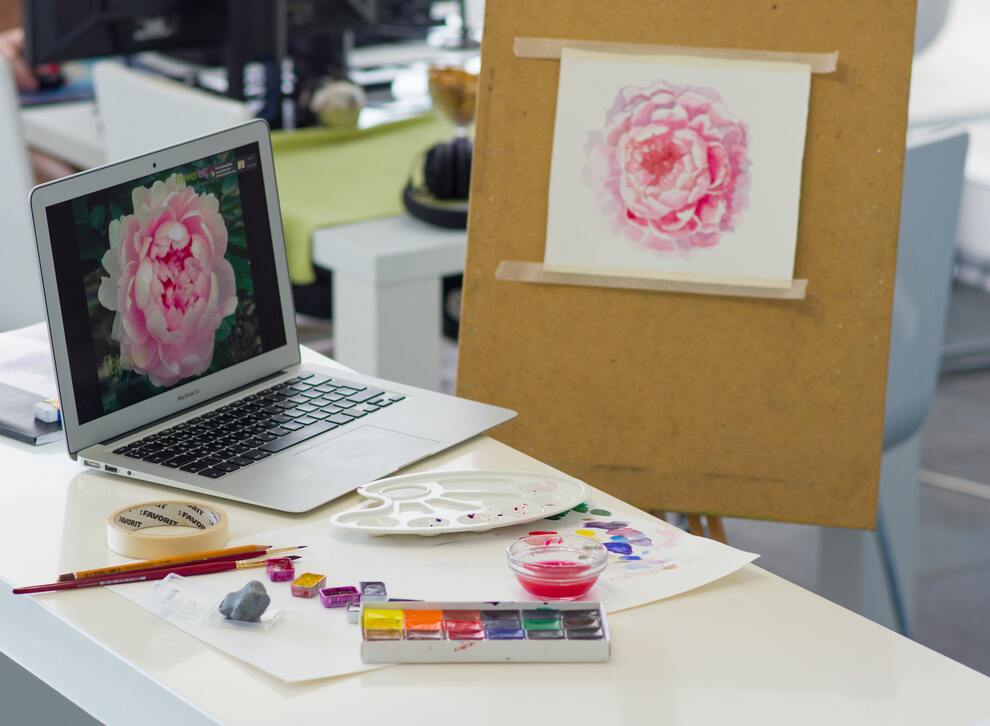If you’re an Influencer or Lifestyler, your social media account is one of the most important ways to reach your audience. Your photography is a crucial element for having amazing content. Having excellent photographs and being known for it will give your followers a sense of awe and excitement when you post something new. It will help you look more professional for future marketing purposes. It will provide you with an edge over other content that is not as catchy to the eye at first glance.
If you think ¨I’m no expert¨. Don’t worry; even if you’re new to photography, it’s easy to look like a pro with some simple tips and tricks. So take a few minutes and read on, discover how to take amazing photos, and use photography to your advantage.
Why is photography essential for social media lifestyler’s and influencers?
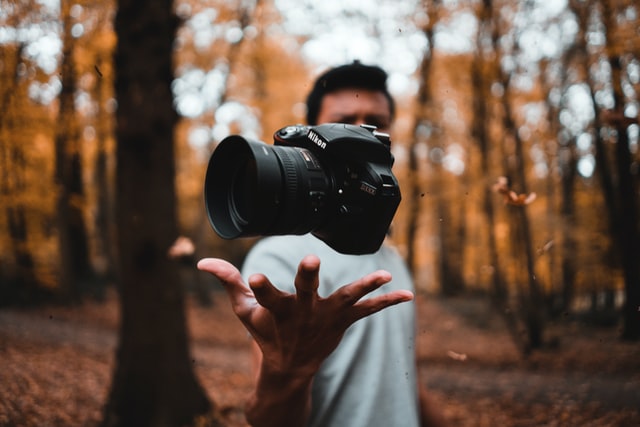
There are many reasons why having excellent photography is so important if you’re a social media influencer. We are visual human beings; people tend to be more interested in photos than words as they process images up to 60,000 times faster than words. In other words, people remember only 10% of the information by hearing it, but if they look at a picture, they can retain 65%.
A good picture might also create more engagement with your audience; according to Hubspot, images had 53% more likes and 104% more comments than statuses that were text only. So when you think about your content, it might be an excellent opportunity to learn how to take great pictures and engage with your audience. Your niche could remember more of your message, and you could stand out from the crowd as they will be unique instead of just looking for public pictures.
Tips to consider before taking your pictures
Before presenting the steps of how to take pictures, you should take into consideration some things that will help you have focus and orientation.
Implement your unique ideas
Every influencer has to keep in mind that the most important point of social media is to have engagement with your audience. As we mentioned earlier, photography is an important tool you can use to stand out from the crowd and make unique content. So before we present the guide, you need to actively be aware that all your pictures have to focus on your main idea. Your essence as an influencer, your voice, and the content pillars you will show in your content in order to define what type of pictures you will take. Will your stage be indoor or outdoor? Are you going to take selfies or with other people? Will they be of landscapes, specific products, or clothing?
These topic concepts are easy to define when you have your main idea of what you want to focus on. If you do plan to create your own brand with your photography then you could look into more ideas about how people start a brand merchandise campaign.
If you want to be a travel influencer you should focus maybe on outdoor photography with a high-quality phone or a digital camera that is not too heavy to travel with. If you plan to promote beauty line products, maybe you should set up a small studio space in your home. Setting it up with the proper lighting so you could have the best pictures possible.
Or maybe you are a fashion influencer. Sometimes you will take photographs indoors, but you might be out on the street taking photos of a model on other occasions. If you plan to do something totally amazing but different like photography logo design then you need to do the research and prepare properly. The idea is basically letting you know that you can focus your niche on almost anything that you are passionate about.
Create your content pillars
To be successful in social media as an influencer, you need to plan your content. The term content pillars mean that you need to organize your topics by considering the essence you want to present to your audience this will also improve your productivity. So you have to define your essence, that way, you choose to determine how interested others become in what you have to say. They will know if you share valuable and creative content worth their time and interest.
Define your niche
It’s essential to make sure that you define your niche and think about your audience when making your photography content. In this way, you will specifically realize who is interested. You never know; you might create an entire community by sharing what they want to see. Ask yourself to whom are you doing your content. How old are they? Do they have a gender? What are their interests? What problem are you solving for them? Answering these questions will allow you to position your content across multiple platforms in a more successful way and start a fanbase to expand your social media influence.
Here is an example of how one might define their niche. If you are a fashion influencer of modern clothing, your niche could be the following. Your content will be targeting men and women. The age range is from 24 to 35 years old. They are likely searching for the latest clothing tendencies. Shows and Runways were presenting new arrivals styles. They are looking for tips on combining colors and what might suit them best according to their body types. This is how you start to develop ideas for your content. This might be a good starting focus.
The type of photography that best suits your needs
There are numerous kinds of photography. Landscape photography, wildlife photography, portrait photography, street photography, food photography, life photography, and event photography. These are just a few of the most popular types of photography. You could also mix them to make your social media profile more interesting; be careful not to lose your main topic and content pillars.
Prepare your material
- Decide on the camera or cameras that you will be using.
- Make sure you have or have access to the basic equipment you will need to take your photos.
- Make sure you have access to editing equipment, editing information, and editing software before you begin taking pictures. If you don’t have access to these, check with friends or relatives or free online software to start.)
- Try to take your photos in natural light so that they come out sharp and crisp.
- Pay attention to the background you choose. You can use your backdrop by hanging up a tapestry on the walls, or you may want to shoot some photos outside in a natural setting.
- Choose a focal point for all of your photos. For example, if you’re selling a product, make it the centerpiece of the picture.
- Don’t forget to inject your personality and style into every photograph to have a personal feel.
Now that you know these basic tips, let’s take a step-by-step look at taking the best pictures.
Step by step to take a nice photo
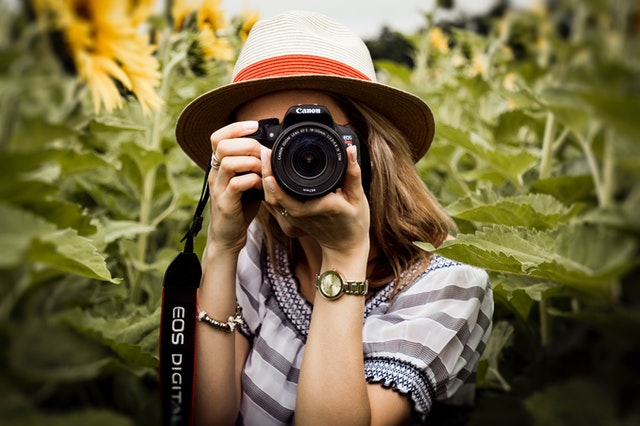
1. Camera information- what you need to know
Before posting your photos, it’s vital to know as much about the different types of cameras available as possible. Keep in mind that the best camera will be the one that matches your essence. We will help you gain a general idea of some of the options, but we invite you to do additional research so you can define what camera suits you best.
Smartphones: If you have a high-quality phone and are a beginner who doesn’t want to invest in a professional camera, it could be a good beginning. Smartphones are small and automatic and you have them with you all the time. The cons are that they are usually deficient in low light, have small sensors, and the zoom is not the highest quality.
Compact digital cameras: These primarily small, lightweight cameras are the digital form of older point-and-shoot cameras. Designed for quick shots, they are affordable and easy to carry. Some of the cons are that they are not dependable in low light, they don’t adjust well with moving objects, you can’t change the lenses, and lousy zoom.
Here is an additional resource for the best compact cameras.
Digital SLR: A digital SLR (or DSLR, which stands for digital single-lens reflex) is a high-quality camera that creates crisp and clear digital imagery. This camera is excellent for more experienced photographers who want something easy to use, providing more features than a compact digital camera. You can add multiple lenses and accessories, like shotgun microphones; they have a big sensor, high performance in low light and moving objects, and a high degree of personalization. Some of the cons are heavier, need a big file size, and are usually expensive.
Mirrorless cameras: They are very compact but almost as powerful as a DSLR. They have a sensor ten times bigger than a compact camera. They have manual options, and different possibilities of lenses to add to your mirrorless camera. Be aware that usually this type of camera needs batteries and they don’t last very long.
Action cameras: These cameras are durable and compact, and they’re perfect for live-action video and photography. You can mount these cameras on almost anything, including a helmet or a dashboard, to create immersive experiences.
360 Cameras: This type of camera is best for panoramic photos or whenever you want to take pictures of sweeping landscapes. They tend to have a lower resolution and must be stable to create a sharp and clear image.
If you still have doubts, don’t worry. Do the research and read some articles. There are plenty of great articles that talk about the information you need to be aware of before buying a digital camera. Don’t buy a camera until you feel you understand your needs and you have an idea of what camera will suit your needs.
2. Photography equipment
A tripod, camera case, camera strap, SD memory cards, a camera cleaning kit, extra batteries, and lenses are a few examples of the equipment you will need, but you can buy them gradually. Depending on the kind of photography you intend to accomplish, it’s also vital to take into account any other specialized gear. You will require different gear for event photography than you would for portraiture.
3. Composition
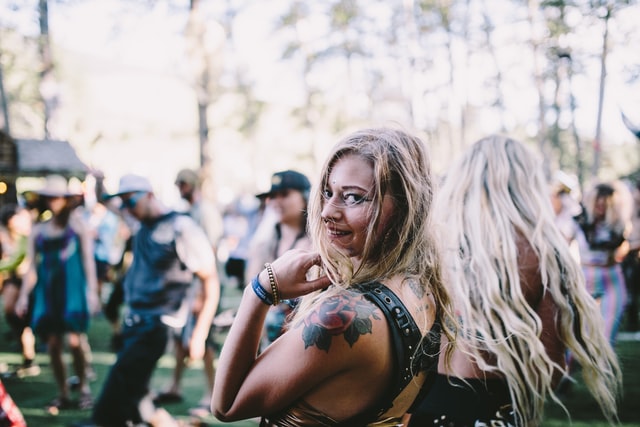
When you take a photo, the first thing you need to have in mind is what or where you want to focus. What is your subject or point of interest, and how to isolate it from the rest by zooming in or blurring the background? So, some general compositions are the horizon line, The rule of thirds, and framing.
The rule of the thirds: When you look at the screen of the frame of your camera, you should imagine two vertical lines and horizontal lines, and then you could place your subject in the intersection of the two lines in the top or bottom corners, some cameras show the lines to make it easier for you. Remember that this is a tip, but you can take the photo however you feel is better for you and the story you want to tell.
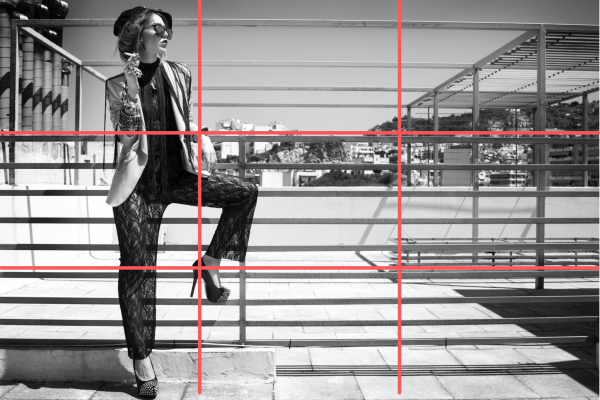
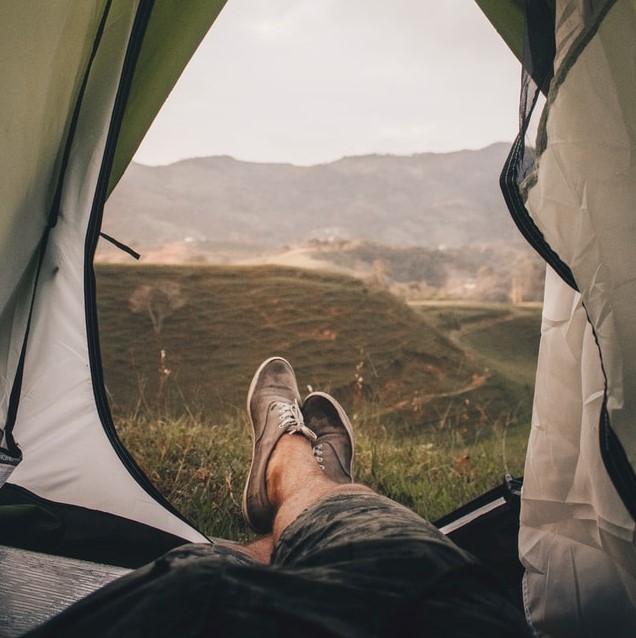
4. Photography exposure basics
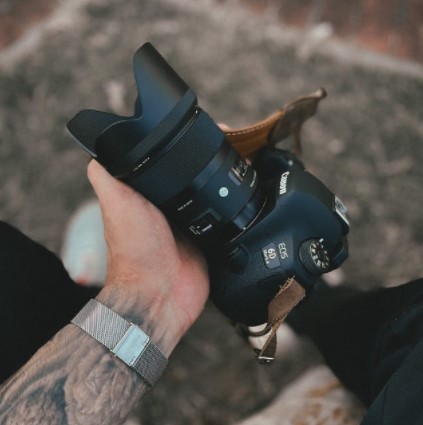
Shutter speed: How long will it take the shutter to stay open and then close? The faster the shutter speed you will freeze the image, and the slower the shutter speed you will see movement in the picture. It is measured in numbers that are fractions of seconds. There are specific cameras that are very good at capturing fast movements, so be aware, if you are a sports influencer make sure to investigate more about these cameras. Go ahead and try with your camera by taking a picture of an object in movement with a fast shutter speed, for example, 1/4000 of a second, and then a slower speed like 1/8 of a second, and see the difference.
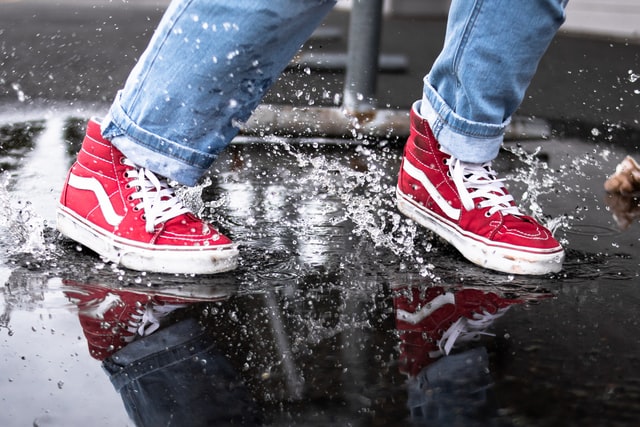
ISO: it is another parameter that determines how much light enters into the frame, they come in scale, the lower number with the lowest sensitivity is used when you have a lot of light, and a higher number with a higher sensitivity you will use when there is low light but be careful, the higher the ISO, the higher the noise or the grain.
Go ahead and explore these concepts in your camera to understand them better; as some say, practice makes the master.
5. The light
The time of the day has a different color temperature as well as artificial light. Indoor light might be yellowish, and the outside can be bluish. For the professional camera, you can adjust the semi-automatic mode or the manual mode to modify the light by telling the camera the exposure you want.
A proper picture typically includes shadows, contrasts, and highlights. If the photo is too dark or too light, the details will not be shown well, and it will not be a good picture. Go to your exposure compensation in your camera to guide the light when taking a picture, search it in your camera and play with the different exposure.
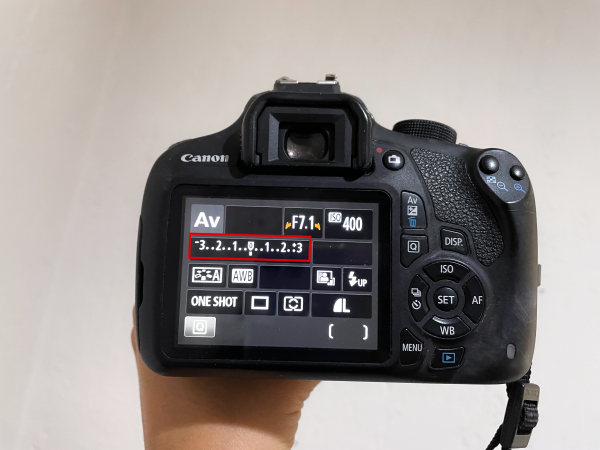
Angles and spacing
Here are some tips about shooting photos at the right angles and recommendations for proper spacing.
- Try to hold your camera at eye level, especially when taking portraits.
- Never angle your camera too sharply up or down since it can cause the perspective to look uneven.
- A low-angle shot makes the subject look more prominent, while a high-angle image is best if you want to capture the subject and the background.
- The Dutch angle is a popular choice for social media photography since it creates a dramatic look. This angle was popular in early filmmaking and continues to be the choice for many fashion photographers and fashion influencers.
- Try taking a few photos with different spacing between the subject and the background to determine which perspective is best.
Think about your storytelling
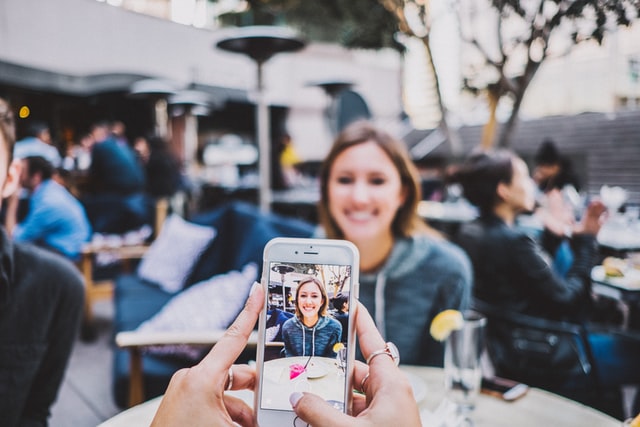
A photograph that tells a story captures a moment of tension, inspiration, and passion. Without using motion pictures or words, it means the tale of your subject matter. Storytelling keeps your audience engaged and allows you to connect with them.
If you want to include the storytelling technique in your photos, you need to think of yourself not only as a photographer but as a storyteller. Go beyond the general concepts of the camera settings or the composition, and see the whole frame by asking yourself, what do you want to transmit in the picture you are taking? What are the eyes saying if you are capturing a person? What are you saying in the image if you are taking a selfie? Or maybe if it’s a picture of a landscape, the forecast, lighting, and weather patterns are essential.
As the photographer, it is not to tell the literal story in a picture but to capture a moment that speaks to you and others. If you do this, viewers then may be able to project their interpretation onto what they see. Here are some tips that you could consider when taking a picture for your storytelling or marketing projects like clothing photography.
- Consider the basics: Remember that you first have to practice with the tips mentioned before to be more familiar with your camera in capturing moments. Don’t forget to consider the exposure, the composition, and other elements that you think are relevant in the technical way of a photo.
- Careful planning: Planning might be vital to make it easier when taking the photo, and how you have it in your mind. It could include the topic, the planning of the shots, etc.
- Emotions: Don’t forget that feelings are essential for telling a story; they can be communicated in body language or face. Remember that storytelling is a way to capture precious moments.
- Colors: Another critical fact is taking in mind the color theory, there are warm and cool colors, if you took a picture in the sunset and the colors are red or yellow, it could be more warm or romantic, the blue could transmit calm, so be sure you understand the meaning of colors to help you tell the story you want to convey.
- The message: The reason you might take pictures into your content could be compelling if you add a message. What is this picture telling?
Defining your space
As mentioned earlier, you first need to know what your goal is to know what type of equipment you need for your studio. It is not the same if you want the studio to take pictures of products or a family photo shoot. Make sure you have an open space without a lot of clutter. Set up your home photography studio in a quiet space where you have room to work. Don’t forget to choose an area with good natural light.
Using the lighting indoors: Walk around your indoor studio to see where the natural light comes in at different times of the day. Keep in mind that artificial light can cast shadows and make it more difficult to capture crisp images. Use light-blocking curtains if you want to keep glare and sunlight out. Practice taking several pictures indoors using various settings until you find the best method for your particular space.
Lighting setup: There are a lot of possibilities in the light and equipment. You can start with a flash or a Speedlight and a reflector. Little by little, you can add more lights to get more professional results. A White Foam Board is a good option if you don’t want to spend a lot of money; they will help you bounce the light. Consider purchasing lighting stands to hold your lights.
Lighting modifiers: Consider an umbrella, softboxes, and or reflector. There are different options for you to choose from.
Backgrounds: For starters, black and white backgrounds are great because they combine with everything. A white backdrop is a good choice, or you can find lightboxes if your focus is on smaller items and products. Make sure you have background support as well.
Editing your photos
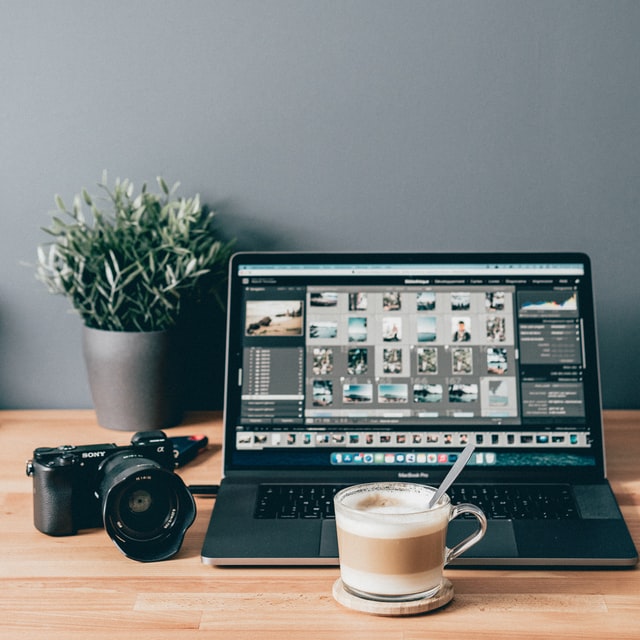
Many editing tools and software programs are available to help you edit your pictures and make them perfect.
Free tools: Choose a free photo editing tool if you’re starting. Many of these tools offer a variety of features for free, including cropping, layering, adjusting angles, contrast changes, and more.
There are several online free tools available that would allow you to have some premium features like retouching portraits, removing backgrounds, turning your photos into a comic, and fixing common image problems, such free tools help to make edits on the pictures and make them flawless.
Software: More experienced photographers may prefer photo editing software. Adobe Photoshop Lightroom is one of the most popular options. Other quality photo editing software programs include Corel PaintShop Pro, DxO PhotoLab, and Exposure. If you intend to use PDF formats for some projects you could use a helpful PDF editor.
Lightroom presets: These are a powerful tool for photographers and creators to streamline their editing process. These customizable settings apply predefined adjustments, such as contrast, exposure, and color grading, to your photos with a single click. Presets help maintain consistency across photo collections, ensuring a cohesive visual style. They are especially useful for professionals managing large batches of images or those aiming for a specific aesthetic. Whether you’re enhancing landscapes, portraits, or product shots, presets save time while achieving polished, professional results. Lightroom offers flexibility by allowing you to create, download, or tweak presets to suit your unique vision.
Design programs: For more nuanced and detailed images, you may need to use a design program. These programs allow you to change your photos by adding watermarks, layer images, adding text, and more. Look for design programs that offer a free trial so you can try a few out before you commit.
Whether you’re brand-new to home photography or you’ve been taking pictures for years, keep these tips in mind to help you expand your social media influence. Remember to brainstorm different ideas about your product branding, marketing style, and what type of story you want to tell through your photographs. Remember that your creativity is what matters, so remember to have fun as you discover the incredible world of photography at home.
Other creative tips
- Keep introducing yourself; your audience might want to know who is behind all that creativity, and if you feel comfortable, you could share a fun fact about yourself.
- Share a top tip your audience might want to know about your expertise.
- Make it personal, and share what you are currently working on; they could create a bond with you and offer ideas they would like you to present in future content pieces.
- Answer their questions and their messages. This way, they connected to you.
- Reveal before and after a photograph if you are becoming too dominant in the editing field.
- A great idea is to learn to add proper sizes to social media images, so they look good. Images can look great on a laptop and odd on a phone if you are not careful.
- Host giveaways: If you’re worried about the time and energy an Instagram giveaway usually requires, you can relax since a reliable Instagram giveaway picker can help you automate the whole process.
- Enhance audience connection by introducing yourself, sharing tips, and embracing AI Text-To-Image Generators for dynamic visual content. Answer questions, reveal behind-the-scenes, and maintain image consistency for optimal engagement.
After reading this handy guide, we are sure you have a better idea of where to start at. Remember always to be creative in your photos and constantly remind yourself that your uniqueness matters the most. Don’t forget always have fun!
